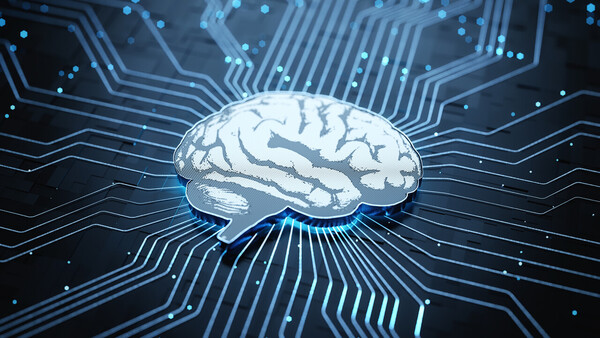“Research and development in medical and biopharmaceutical fields have been made through scientists’ trials and error in the past. Today, however, the insight of artificial intelligence takes the lead in their development through big data in every stage.”
Kim Kyeong-nam, a Korea Institute for Science and Technology (KIST) researcher in Europe, said so in his BioIN Global report published by the National Biotech Policy Research Center, NBPRC or BioIN.

“The development of gene therapy like CAR-T (Chimeric Antigen Receptor- T cell) therapy is an example that demonstrates the potential of a carefully designed and targeted intervention,” Kim said in the report, explaining AI’s potential. “Such a potential could be used in designing a precise treatment to treat and prevent numerous diseases with speed unimaginable until recently.”
Platform technologies, such as CRISPR (Clustered Regularly Interspaced Short Palindromic Repeats), have been developed as a multipurpose tool to verify existing research hypotheses and research disease biology and are now serving as the basis for creating new values as the base technology for countless genetic diseases, he added.
Likewise, bio and medical R&D is no longer a one-way structure of information but a chain format, in which information about a specific disease flows in a different direction in the subsequent stage from the preceding one, he noted,
“AI technologies not only find things that cannot be perceived by human brains alone but also discern interdependence among them,” the report said. “That leads to a far more interconnected process than humans do, eventually leading to a new paradigm based on all data.”
As an example of AI finding new drug development methods by integrating data, Kim cited the research for dementia treatment.
He noted that AI suggested a series of target CRISPR variations in the brain organoid model as the approach that could discern a route protein with the greatest potential, like chemotherapy targets effective for dementia, by analyzing existing clinical data. Accordingly, some routes have been developed to overcome neurodegenerative diseases, and some are already in use.
“Businesses have already been conducting projects that connect various elements in the bio and medical R&D chain thanks to biological progress, AI, and the help of automation,” Kim said. “However, no companies have a system that enables it to find and use related data anywhere by connecting all data.”
To operate an AI system true to its name, a new technological infrastructure is needed to confirm whether data are interconnected, whether the machine can read them, and whether there are mechanisms to improve quality.
“The new paradigm (of AI) is still evolving, and its final form remains unclear,” Kim said. “However, it is clear that the development data, automation, computing function, and AI and their combination with biology will change traditional approaches to bio and medical R&D,” he said. “Therefore, we can say it is a future deserving preparation.”

